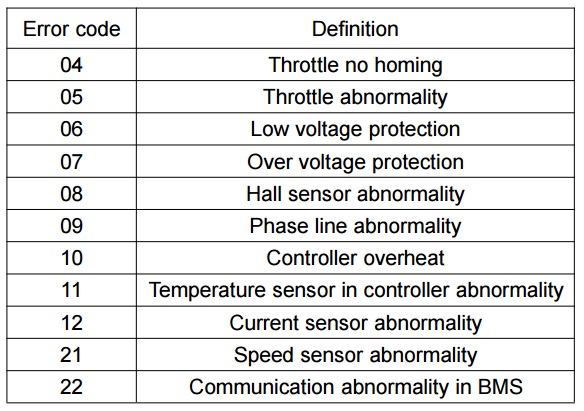AF7JA
100 W
I have mentioned my desire to build a solar trike. I that point I have all the main parts. The motor is still on order; but should arrive soon. All the others are in my basement, or sitting next to my desk.
I will be using:
Solar panels:

EVTV Motor Verks Store: Flexible Solar Panel 140w, Solar, Boat and Golf, 140wsolarpanel. This will provide power for motor, power for ham radio, and the, all important, sunshade. So far I am going with two. If I add more I will need to do something with the charge controller, as it can only handle two panels.
Charge controller:

One solar panel to Li-Po voltage regulator
Trike:

One Trike (A performer Trike-E, note, the "E" does not signify that it is already rigged for electric, it is not, that just happens to be the name)
Motor:

Bafang 750W BBS02 Mid Drive
Battery:

48V 17.5Ah Li-Po Battery
I decided to go with the Ba-Fang. Part of the reasoning is that it is reputed to be a simpler install. I am adding enough complication with the solar panels.
The other reason is that the Ba-Fang is a legal power kit. Even with the cyclone limited in power, by the Cycle-analyst, I feel that it would leave me constantly explaining myself and, if I ever were to be cited (I know that is on the extreme edge of unlikely) the Ba-Fang is clearly legally rated.
The Ba-Fang also comes with a built in Pedal Assist Sensor (PAS). It is also reported to be very reliable when run at, or below, legal power levels.
Stage one will just be to get the trike running under Electric power. I expect to put the battery between the rider's knees; any better places come to mind?
When done, I expect it will be similar to this:

His write-up is here.
I will be using:
Solar panels:

EVTV Motor Verks Store: Flexible Solar Panel 140w, Solar, Boat and Golf, 140wsolarpanel. This will provide power for motor, power for ham radio, and the, all important, sunshade. So far I am going with two. If I add more I will need to do something with the charge controller, as it can only handle two panels.
Charge controller:

One solar panel to Li-Po voltage regulator
Trike:

One Trike (A performer Trike-E, note, the "E" does not signify that it is already rigged for electric, it is not, that just happens to be the name)
Motor:

Bafang 750W BBS02 Mid Drive
Battery:

48V 17.5Ah Li-Po Battery
I decided to go with the Ba-Fang. Part of the reasoning is that it is reputed to be a simpler install. I am adding enough complication with the solar panels.
The other reason is that the Ba-Fang is a legal power kit. Even with the cyclone limited in power, by the Cycle-analyst, I feel that it would leave me constantly explaining myself and, if I ever were to be cited (I know that is on the extreme edge of unlikely) the Ba-Fang is clearly legally rated.
The Ba-Fang also comes with a built in Pedal Assist Sensor (PAS). It is also reported to be very reliable when run at, or below, legal power levels.
Stage one will just be to get the trike running under Electric power. I expect to put the battery between the rider's knees; any better places come to mind?
When done, I expect it will be similar to this:

His write-up is here.























